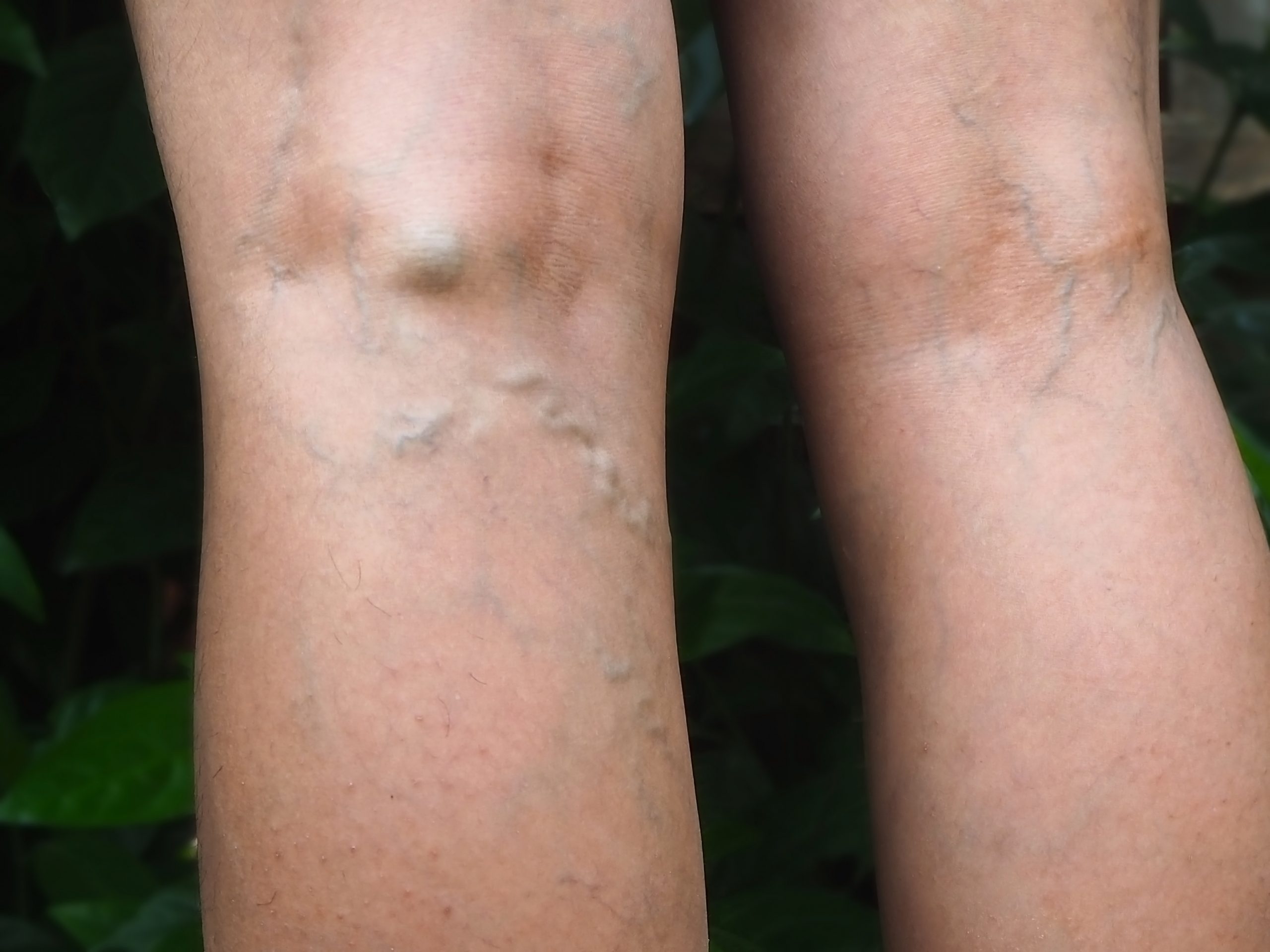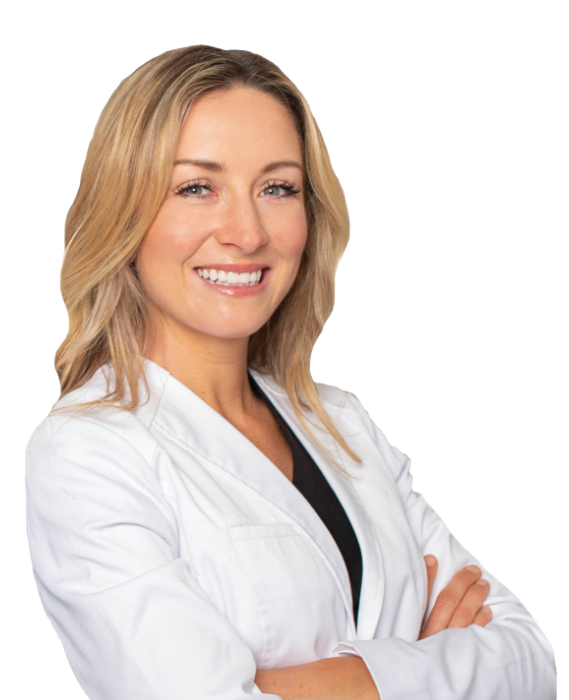Top Long Island Vein Doctors
A Varicose Vein Treatment Center Near Amityville Answers FAQs
Vein Treatment Clinic, a state-of-the-art varicose vein treatment center near Amityville, provides medically-sound answers.
Do you have questions about spider veins, leg veins, minimally invasive treatments, and other vein-related subjects? Finding answers on spider vein- and varicose vein-related conditions is hard because most online sources peddle disinformation and misleading claims that confuse rather than inform the patients.
Some sources peddle disinformation out of pure ignorance or lack of faith in science. Others do so with malicious intent — to sell creams or remedies without any scientific backing. Regardless of the intent, false information gleaned from online sources prevents patients from seeking medical help promptly.
Vein Treatment Clinic is a varicose vein treatment center near Amityville determined to correct those wrongs. We aim to spread medically-sound and accurate information on vein-related conditions, empowering patients to seek medical help or contact vein doctors on time to avoid severe spider vein- and varicose vein-related complications.
Vein Treatment Clinic is uniquely qualified to provide information on leg veins because we’re a state-of-the-art vein clinic led by board-certified vein doctors. We have performed hundreds of successful spider vein and varicose vein treatments without complications, as evidenced by our 5-star ratings and reviews from patients.
Our spider vein and varicose vein treatment center is also highly accessible, located on the Montauk Highway in Lindenhurst, right beside the Bergen Point Golf Course and the Southward Ho Country Club. Our vein center is highly accessible to patients from Amityville, located less than 5 minutes away via Oak St and Great Neck Rd.
If you have any other questions or concerns, please schedule an appointment online or call us at (631) 629-1118.
Q1. What do spider veins and abnormal leg veins look like?
Spider veins are clusters of blood vessels visible just under the skin’s surface. They’re often described to resemble the thin legs of spiders or a dense cluster of spider webs. Varicose veins are dilated blood vessels protruding out of the skin’s surface. They’re often described as tree trunks or a dense mass of tangled, knotted, and twisted ropes.
Q2. Why do I have abnormal and bulging leg veins?
Abnormal and bulging leg veins are called varicose veins, and they’re symptoms of underlying vein disease. Healthy leg veins consist of vein valves, components that ensure effective blood circulation to the heart. They act as one-way doors, ensuring blood flow towards the heart but not backward due to gravity.
When your vein valves collapse, blood flows backward due to gravity, eventually pooling in the leg veins. Over time, as blood continues pooling in the leg veins, it applies pressure on the leg veins, leading to their outwards dilation. The continued accumulation of blood eventually leads to dilated and bulging leg veins, otherwise known as varicose veins.
Q3. Is it necessary to treat bulging leg veins?
Yes, treating bulging leg veins is crucial. Varicose veins are leg veins with excessive blood accumulation. As the accumulated blood applies pressure on the leg veins, it weakens the leg veins’ walls. As such, varicose veins and bulging leg veins are prone to bursting upon the slightest contact or bump, leading to uncontrollable bleeding.

We know health insurance is confusing so we will help you check if you’re covered:
FREE Coverage Checker:
Bulging leg veins must also be treated because of the underlying vein disease. If left untreated, venous insufficiency leads to severe complications, including skin discoloration, skin disease, non-healing wounds called leg ulcers, and deep vein thrombosis, wherein the accumulated blood in the leg veins harden into blood clots.
Q4. What’s the best pain-free and minimally invasive varicose vein treatment?
Radiofrequency ablation is considered the best pain-free and minimally invasive varicose vein treatment. It’s a non-surgical procedure that causes little to no pain and discomfort, has a negligible risk of complications, and concludes within an hour. It’s also highly effective, and it’s covered by most insurance plans.
During radiofrequency ablation, the vein doctor creates an incision on the skin’s surface to insert a catheter that delivers thermal energy into the diseased saphenous vein’s walls. The thermal energy collapses the diseased vein, restoring smooth blood circulation to the heart. Radiofrequency ablation has a 97% success rate with vein disease.
Q5. Is the endovenous laser procedure pain-free and safe?
The endovenous laser procedure is also similar to the radiofrequency ablation procedure. The vein doctor creates an incision on the skin’s surface to insert a laser fiber that delivers laser energy into the diseased saphenous vein’s walls. The laser energy collapses the problematic vein, restoring smooth blood circulation to the heart.
Endovenous laser ablation is just as effective and safe as radiofrequency ablation. It has a 97% success rate, a negligible risk of complications, and covered by most insurance plans. However, patients report greater pain and discomfort after a laser procedure, although the discomfort only lasts for a short period.
Q6. Can I get insurance coverage for my spider vein treatment?
You can get insurance coverage for a spider vein treatment only if it addresses the underlying vein disease. Radiofrequency ablation and endovenous laser procedure are covered by insurance plans because they’re medically necessary. However, if the spider vein treatment only removes the visible leg veins on the skin’s surface, it won’t be covered by insurance plans.

Visit Our Long Island Vein Treatment Center
Q7. How soon can I return to work after my spider vein and varicose vein treatment?
You can return to work immediately after the minimally invasive spider vein and varicose vein treatment. Minimally invasive procedures conclude within an hour with no downtime. In fact, most patients get the varicose vein treatment during their lunch break and then get right back to work. You don’t need to take a single day off work.
Long Island
Vein Specialists
Meet your Long Island NY Vein Doctor
With Harvard Trained Medical Directors, our vein clinic Long Island sources only the top spider and varicose vein experts in the country.


Change your life
Join thousands of happy patients just like you
Vein treatments are often covered by major medical insurances, including Medicare. How do you know if your insurance will cover your vein treatment?
Contact us
CALL US
Speak with one of our team members to ask any questions you may have, verify your insurance and book an appointment at your earliest convenience. (631) 629-1118
BOOK APPOINTMENT
You can give us a call at (631) 629-1118 or fill out one of our forms here to request a call back; one of our team members will call you and help you verify your insurance coverage before booking your appointment.
Get directions
Visit us at our Long Island Vein Treatment Center located at 481 West Montauk Highway.